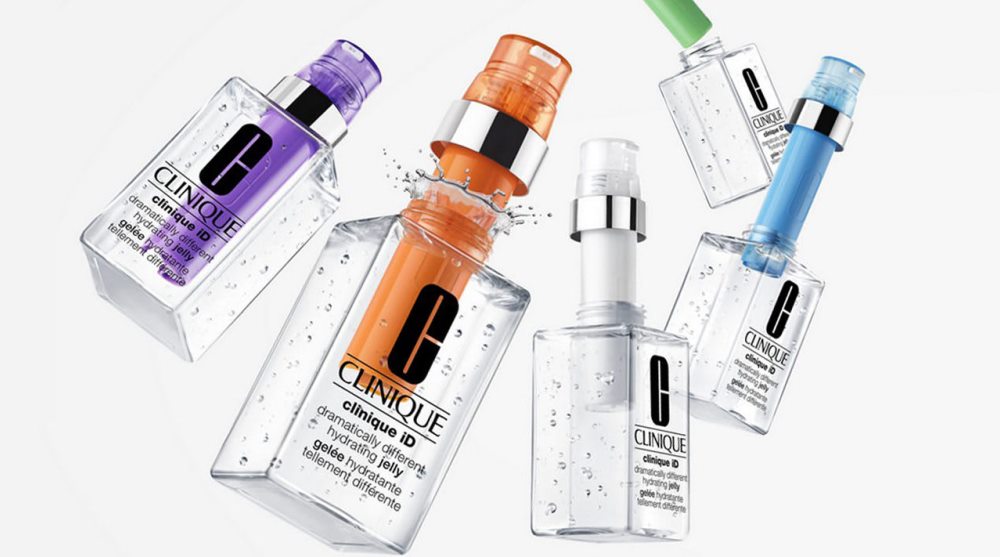US prestige beauty sales reach a record $18.8 billion last year – six percent more than in 2017 – according to The NPD Group.
Sales in the skincare category grew by 13 percent to reach $5.6 billion while makeup sales grew just one percent ($8.1 billion), fragrance grew four percent ($4.3 billion) and hair grew 25 percent ($730 millon).
NPD beauty industry analyst Larissa Jensen said the prestige market (largely made up of products sold in department stores and beauty specialty stores) was experiencing major changes.
“If I had to use one word to characterise the state of the US beauty industry today, it would be disruption,” she said.
Whether we look at categories, brands or retailers there are sweeping changes taking place to the market landscape.
“New retail concepts and technologies are changing the way we create, market, purchase and use beauty products.
“Brands and retailers must not only be cognisant of these transformations and act upon them, but identify new white space opportunities to captivate consumers and further differentiate themselves from the crowd.”
Other key findings in NPD’s Makeup In-Depth Consumer Report 2018 include:
- Natural skincare accounted for $1.6 billion or more than one-quarter of annual skincare sales, up 23 percent from 2017.
- The fastest-growing segments within facial skincare were lip treatments, toners/clarifiers, and ‘all other face’ (includes products like facial sprays and alphabet creams).
- Skincare for the body grew, as well as sun products including sunscreen and self-tanners.
- Although makeup experienced “soft growth”, the category “holds promise as the number of consumers using makeup reached 67 percent last year (six percent more than two years ago).
- Among the fastest growing areas were makeup setting spray/powder and false eyelashes.
- Travel sized products increased by 29 percent from 2017 to 2018.
Jensen concluded that despite the industry shakeup, growth was likely to continue.
“Given the high adaptability of the beauty industry, I expect growth to continue in 2019, though it may be at a slower pace given the current economic uncertainties,” she said.
“I expect we’ll see an amplification of trends and themes that have already taken shape, including brand transparency, heightened importance of companies taking a stance on key social issues, as well as the evolution of experiential retail and pop-up concepts.”

